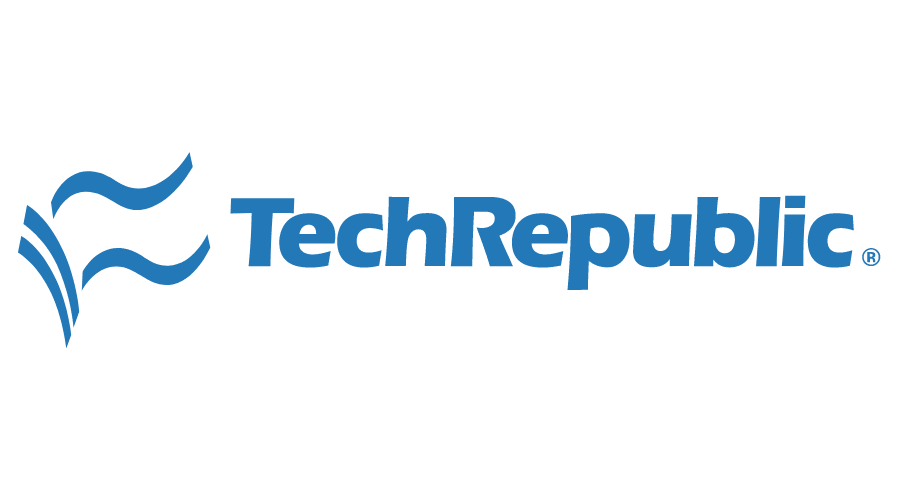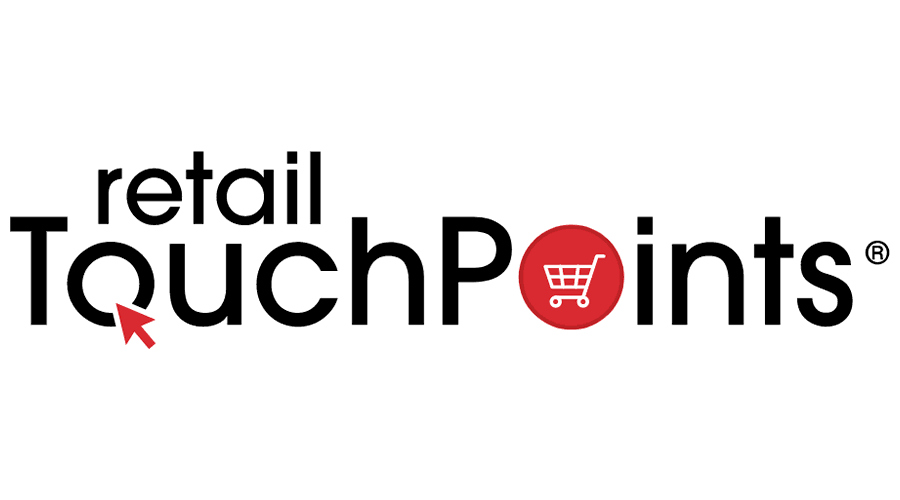There has been a 110% increase in counterfeits in the sports sector during the coronavirus pandemic, according to new research from Red Points. The brand protection company recorded that online sports goods counterfeits had also increased by nearly double the rate of other products during the second quarter of this year.
An uptick in counterfeit purchasing is to be expected this year. A 2019 Red Points survey found that 86% of consumers had purchased a counterfeit item, with 64.7% comfortable with the fact that their purchase had been a counterfeit. As the world increasingly turns to online shopping in light of covid-19 lockdowns, the 2020 figure will likely prove to be higher. This will be a worry for all brand owners, but should sound alarm bells for those in the sports industry in particular. While Red Points has observed a 56% average growth across all of its surveyed brands during the pandemic, in the sporting goods industry, the increase was nearly double that (110%).
One factor is that, with many stadium shops closed for the foreseeable future, fans have increasingly turned to the Internet to buy sports memorabilia, explains Red Points vice president, strategic partnerships and brand relationships Daniel Shapiro. This has created a prime opportunity for counterfeiters to target those seeking out sports jerseys – especially those likely to become collectables. “When we searched for Washington Redskins – the team’s old name – nearly two-thirds of what appeared on page one of all the major marketplaces turned out to be counterfeit,” he says.
The large number of jerseys used by NBA teams while playing in the Florida bubble, and their resulting collectability, is another boon for counterfeiters. “Multiple teams have had up to four jerseys so far across 15-18 games, which drives memorabilia. There are also the retro jerseys many NBA teams ran. I bet those have been super-hot to collect,” Shapiro says, adding that it will take more time to collect data on whether those jerseys were specifically targeted.
Sven Klos, founder of KLOS has also witnessed the increase in illicit activity targeting his sports clients. “Our client Ajax, for instance, is vigorously stepping up its enforcement measures,” he says. Considering the culprits, he notes: “We especially have found an increase in people starting small online retail businesses for counterfeit soccer shirts. I put that down to people having time on their hands to set up the initiatives and looking for a way to make some ‘easy’ money.”
Similarly, an in-house trademark professional for a major sports brand commented that they had seen “an increase in counterfeiting during the past few months, primarily due to the number of face coverings being produced using unlicensed marks”. However, the in-house team member was not as concerned about traditional sports memorabilia such as jerseys and headwear, stating: “Those numbers remain flat to this time last year.” Klos concurs: “I expect things to be back to pre-covid levels in a few months.”
The big increases, Shapiro suspects, are not actually in the memorabilia sector. Instead, Red Points – whose clients include 100%, Tatami Fightwear, Powerblock, DOPE, Womens Best, Venum, Cleto Reyes and O’Neal – believes the majority of the increase to be a result of home fitness goods. “In today’s world, personal fitness is being done at home, it’s a growing e-commerce interest,” Shapiro says.
“As retail environments shrink, e-commerce grows,” he adds. “Fewer people get to touch and feel a product, and so their tactical senses are being challenged. They have to make a decision from a photo. The prices often look good – seemingly on sale, maybe – so they have to ask if it looks authentic.” He adds that the issue is further complicated by counterfeiters penetrating trusted platforms, giving them the impression of legitimacy.





